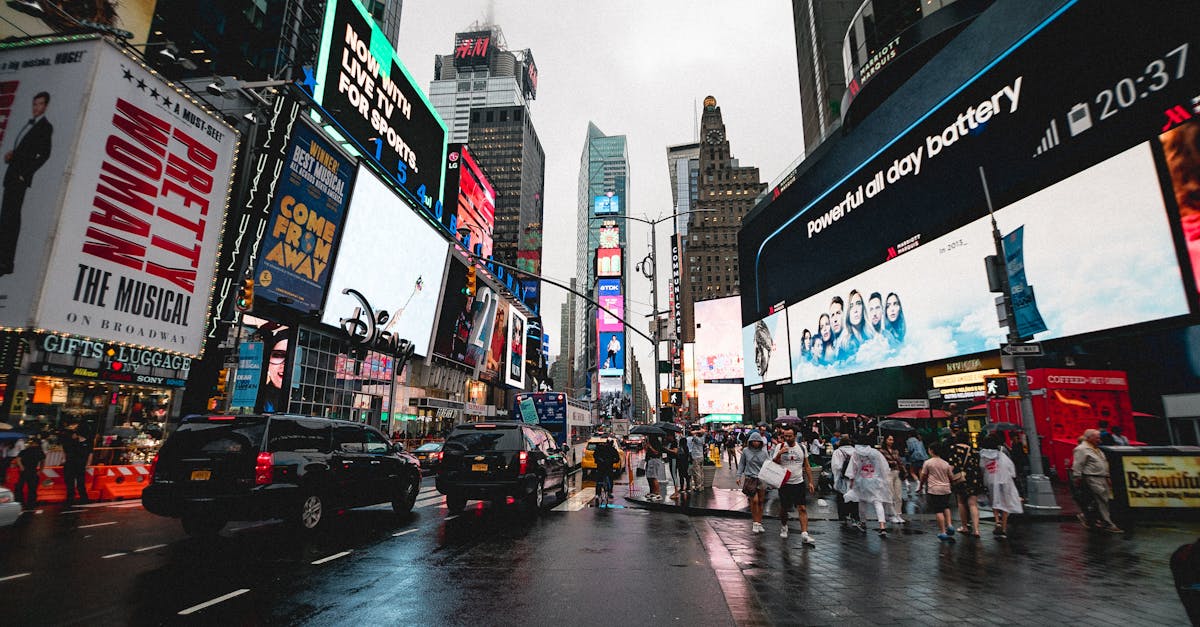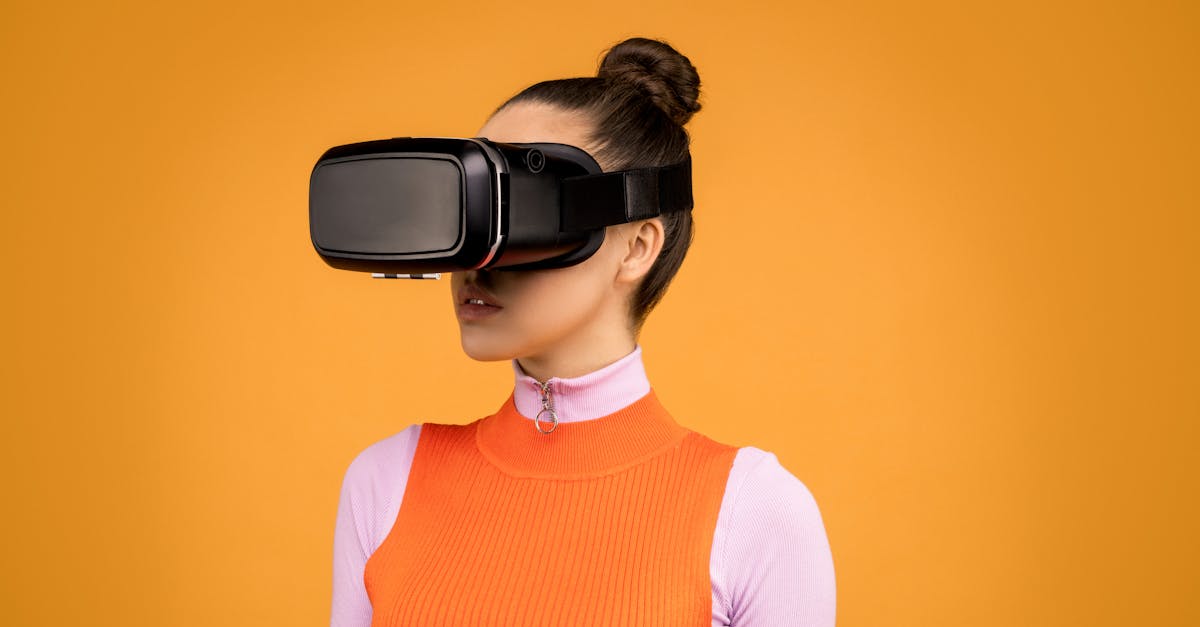Reimagining Fashion Through Futuristic Style Revolutions
Introduction
Fashion has always been a powerful reflection of cultural, technological, and social transformations. As we progress into a new era, the fashion industry undergoes a revolutionary shift influenced by futuristic styles and concepts. This evolution is marked by the integration of cutting-edge technologies, sustainable practices, and innovative designs, redefining how we view clothing. But what do these futuristic style revolutions entail? How are societal expectations and technological capabilities shaping the wardrobe of tomorrow? In this article, we'll delve into the remarkable changes reshaping the fashion industry's present and future.
Advertisement
Tech-Driven Innovations
One of the most noticeable trends in futuristic fashion revolutions is the incorporation of technology. Smart fabrics have emerged, capable of monitoring health metrics, adapting to temperature changes, and even generating electricity. Designers are also exploring the integration of wearable technology, with garments that can charge devices or display digital messages. Innovations in material science, such as self-healing fabrics, promise a leap in durability and functionality. Numerous fashion houses are investing in 3D printing technology, enabling unprecedented customization in clothing design. These advancements blur the lines between clothing and technology, crafting a wardrobe that adapts to our digital-centric lives.
Advertisement
Sustainability and Ethical Design
Sustainability is at the forefront of futuristic style revolutions as the fashion industry grapples with its environmental impact. Designers are now harnessing renewable fabrics, like bamboo and TENCEL, known for their low water and pesticide requirements. The rise of circular fashion aims to create a closed-loop system, ensuring products are reused, recycled, or composted at the end of their lifecycle. Fashion brands are also prioritizing transparency by revealing supply chain practices, ensuring ethical labor conditions. With an increasing focus on slow fashion, consumers are encouraged to invest in timeless pieces rather than fast-fashion trends. This shift signifies a move toward a more conscious and responsible fashion industry.
Advertisement
Cultural Influences on Style
Futuristic fashion is not just defined by technology and sustainability but also by cultural influences that challenge traditional design conventions. The fusion of global cultures is evident in emerging styles that emphasize diversity and inclusivity. Contemporary fashion embraces gender fluidity more than ever, enabling expressive and personalized wardrobes free from traditional gender norms. Additionally, subcultures and movements are shaping design trends as communities express identity through material and aesthetic choices. By celebrating cultural diversity through innovative fashion, designers push the boundaries of conventional attire, redefining what it means to dress for the future.
Advertisement
The Rise of Virtual Fashion
With the increase in digital platforms and virtual environments, virtual fashion has recently gained traction. High-profile designers now create digital garments for avatars, allowing fashionistas to flaunt their style in digital spaces. Augmented reality applications enable users to "try on" clothes virtually, merging the shopping experience with technology. Brands are leveraging this virtual trend to reduce waste and explore new revenue streams in metaverse fashion shows. Virtual clothing eliminates use restrictions tied to a physical product, encouraging limitless creativity. As our digital identities grow more integral to our lives, virtual fashion stands ready to transform the industry.
Advertisement
Influencing the Retail Experience
Futuristic style is revolutionizing not only what we wear but also how we experience shopping. Virtual reality is redefining the retail landscape by offering immersive store environments where shoppers can explore items within a lifelike digital space. Artificial intelligence augments personalized shopping by curating clothing recommendations based on users' habits and preferences. Retailers are embracing augmented reality to create interactive windows, allowing passersby to engage with digital displays. As physical and digital realms fuse, fashion retailers reconsider customer interaction, proposing a seamless, engaging shopping experience. The industry's adaptation to these emerging technologies will determine consumer loyalty in an evolving market.
Advertisement
Collaborations and Cross-Industry Impact
The fashion industry’s collaborative efforts with other fields are propelling the futuristic style revolution forward. Collaborations with tech companies result not only in smart textiles but also in interactive store designs and enhanced customer experiences. Ventures with sustainability experts bring eco-friendly innovations, blending environmental responsibility with style. Artists and musicians contribute inventive designs, expanding the creative scope with their unique perspectives. The boundary-defying collaborations signal a future where fashion transcends its traditional confines, engaging with technology, art, and science to create life-encompassing experiences. This synergy promises to unlock innovative potential across industries and push fashion frontiers.
Advertisement
Future Predictions and Challenges
While the future of style promises remarkable transformations, it is not without its challenges. Privacy concerns emerge with the integration of data-collecting garments and the ethical implications of surveillance in fashion. The digital divide could limit access to tech-heavy clothing, perpetuating inequality in fashion access. Despite advances in sustainable practices, balancing fashion innovation and environmental stewardship remains difficult. Regulation around digital currencies and ownership in virtual fashion spaces poses legal complexities. The fashion industry must address these challenges head-on to fully harness the potential of futuristic style revolutions and ensure an equitable and thriving future.
Advertisement
A Changing Identity
The trend toward futuristic fashion fosters a shift in self-expression and personal identity. As technology becomes woven into clothing, it offers new avenues for individuality, where garments can display moods, preferences, or digital art. The tapestry of cultural influences allows for adaptive expression, resonating with personal and communal narratives alike. In a future where clothing is actively interactive and expressive, fashion transcends function, embracing identity exploration. The evolving style paradigms translate personal narratives into tangible, visible forms, redefining how clothing interacts with wearers' identities.
Advertisement
Conclusion
Futuristic style revolutions reflect a transformative period in fashion, where technology, sustainability, and cultural influences reshape the industry. The integration of smart textiles and virtual garments expands possibilities, while ethical design philosophies challenge existing norms. As the industry straddles physical and digital spaces, it must innovate responsibly, ensuring fashion is accessible and inclusive. These innovations hold the promise of a more connected, personalized fashion experience. Ultimately, how we embrace these changes will define the landscape of fashion in the decades to come. Fashion is not just responsive to time; it is a formidable force crafting the future.
Advertisement





